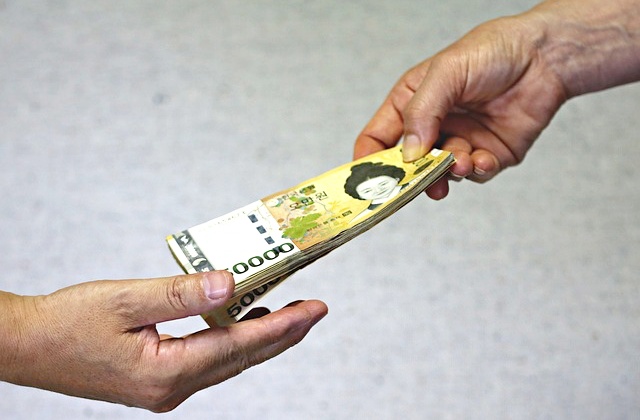Asian currencies traded in narrow ranges on Friday, while the U.S. dollar extended its recent losses amid growing expectations that the Federal Reserve will cut interest rates further in October. Lingering concerns over U.S.-China trade tensions and the ongoing U.S. government shutdown also weighed on the greenback, putting it on track for its worst weekly performance in nearly three months.
The Japanese yen strengthened, with the USD/JPY pair down 0.2% on Friday and 0.7% for the week. The currency gained after Bank of Japan Governor Kazuo Ueda hinted that interest rates could rise further if confidence in achieving economic targets improves. His remarks supported the yen ahead of the late-October BOJ meeting. Political uncertainty in Japan also influenced sentiment, as newly elected LDP leader Sanae Takaichi faced setbacks after coalition partner Komeito withdrew support for her prime ministerial bid.
Broader Asian currencies edged higher this week, tracking weakness in the U.S. dollar. The dollar index slipped 0.2% on Friday and nearly 0.8% for the week—its steepest drop since mid-July. Market sentiment was pressured by dovish comments from Fed Chair Jerome Powell and concerns over the economic impact of the U.S. government shutdown and regional banking risks.
The Indian rupee outperformed, with the USD/INR pair falling almost 1%, supported by central bank intervention and optimism over improved U.S.-India trade relations. The Chinese yuan remained stable, cushioned by strong midpoint fixes from the People’s Bank of China. Meanwhile, the Australian dollar weakened after poor jobs data fueled expectations of further rate cuts, while the South Korean won and Singapore dollar posted modest gains.
Overall, Asian currencies remained supported by expectations of lower U.S. interest rates and improving regional economic prospects.





